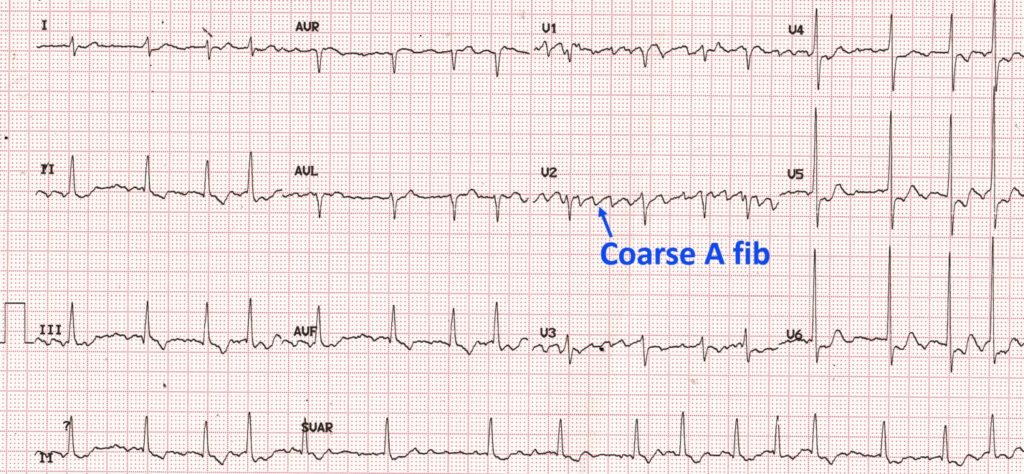

While atrial flutter can sometimes go unnoticed, its onset is often marked by characteristic sensations of the heart feeling like it is beating too fast or hard. The incidence of AFL is significantly lower (~5 cases/100,000 person-years) in those younger than age 50 and is far more common (587 cases/100,000 person-years) in those over 80 years of age. The overall incidence of AFL has been estimated at 88 cases per 100,000 person-years. AFL is the second most common pathologic supraventricular tachycardia but occurs at a rate less than one-tenth of the most common supraventricular tachycardia (atrial fibrillation). This involves the insertion of a catheter through a vein in the groin which is followed up to the heart and is used to identify and interrupt the electrical circuit causing the atrial flutter (by creating a small burn and scar).Ītrial flutter was first identified as an independent medical condition in 1920 by the British physician Sir Thomas Lewis (1881–1945) and colleagues. Atrial flutter can be treated more definitively with a technique known as catheter ablation. Medications used to restore a normal heart rhythm (antiarrhythmics) such as ibutilide effectively control atrial flutter about 80% of the time when they are started but atrial flutter recurs at a high rate (70–90% of the time) despite continued use. Long-term use of blood thinners (e.g., warfarin or apixaban) is an important component of treatment to reduce the risk of blood clot formation in the heart and resultant strokes. If the affected person is having chest pain, has lost consciousness, or has low blood pressure (unstable atrial flutter), then an urgent electrical shock to the heart to restore a normal heart rhythm is necessary. Immediate treatment of atrial flutter centers on slowing the heart rate with medications such as beta blockers (e.g., metoprolol) or calcium channel blockers (e.g., diltiazem) if the affected person is not having chest pain, has not lost consciousness, and if their blood pressure is normal (known as stable atrial flutter). Administration of adenosine in the vein (intravenously) can help medical personnel differentiate between atrial flutter and other forms of supraventricular tachycardia. This leads to the pooling of the blood in the heart and can lead to the formation of blood clots in the heart which poses a significant risk of breaking off and traveling through the bloodstream resulting in strokes.Ī supraventricular tachycardia with a ventricular heart rate of 150 beats per minute is suggestive (though not necessarily diagnostic) of atrial flutter. Similar to the abnormal heart rhythm atrial fibrillation, atrial flutter also leads to poor contraction of the atrial chambers of the heart.

But rarely does it persist for months or years. It is typically not a stable rhythm, and often degenerates into atrial fibrillation (AF). high blood pressure, coronary artery disease, and cardiomyopathy) and diabetes mellitus, it may occur spontaneously in people with otherwise normal hearts.

Symptoms may include a feeling of the heart beating too fast, too hard, or skipping beats, chest discomfort, difficulty breathing, a feeling as if one's stomach has dropped, a feeling of being light-headed, or loss of consciousness.Īlthough this abnormal heart rhythm typically occurs in individuals with cardiovascular disease (e.g. Atrial flutter is characterized by a sudden-onset (usually) regular abnormal heart rhythm on an electrocardiogram (ECG) in which the heart rate is fast. When it first occurs, it is usually associated with a fast heart rate and is classified as a type of supraventricular tachycardia.

Atrial flutter with varying A-V conduction (5:1 and 4:1)Ītrial flutter ( AFL) is a common abnormal heart rhythm that starts in the atrial chambers of the heart.


 0 kommentar(er)
0 kommentar(er)
